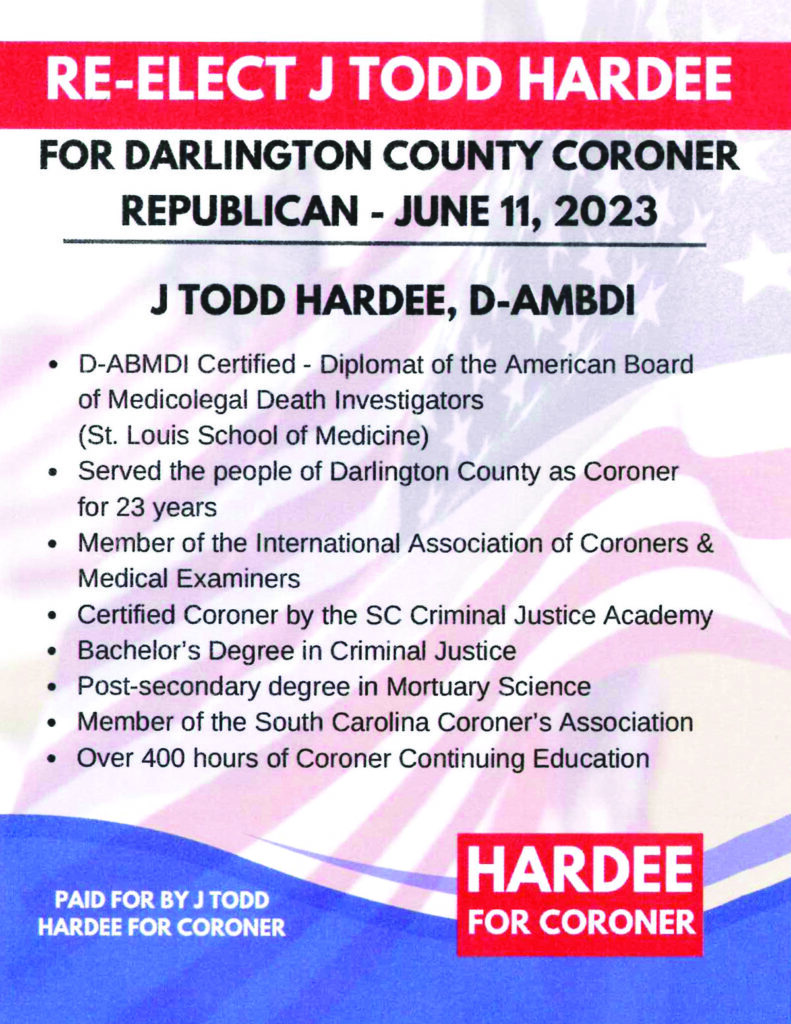BACKYARD STARGAZER: Previewing the skies of September … and a goodbye


By Francis Parnell
It’s September and autumn is right around the corner. Look west-southwest about 30 minutes after sunset on the 5th to observe dazzling Venus, with Spica, the brightest star in Virgo, a couple of degrees below. About 30 minutes after sunset on the 9th, look west-southwest to spot the 3-day old crescent Moon with Venus 3.5 degrees lower left. Spica is lower right of the Moon. The three make a nice celestial triangle. Looking south-southwest one hour after sunset on the 12th, the waxing crescent Moon is 3 degrees upper right of Antares, the brightest star in Scorpius. Antares is a red supergiant star, 883 times the Sun’s diameter and 550 light-years away. After sunset on the 16th, the Moon visits Saturn and is 4 degrees lower right of the ringed planet. On the 17th, it’s Jupiter’s turn for a lunar visit — a fatter gibbous Moon is 6 degrees lower right of the gas giant. On the 20th the full Harvest Moon rises in the southeast. It’s always the full Moon occurring nearest the Autumnal Equinox. Native Americans’ chief staples, corn, pumpkins, squash, beans and wild rice were ready for gathering. It’s also the fourth full Moon of the summer season. On the 22nd at 3:21 p.m., the Sun is at the Equinox and Autumn begins in the northern hemisphere and Spring in the southern hemisphere. At 2 a.m. on the 26th, you can get a preview of winter constellations as the waning gibbous Moon is between the Taurus star clusters, the Hyades (the “V” shaped face of the Bull) is below, and the Pleiades (the Seven Sisters) is above it. Orion, the Mighty Hunter, is below Taurus. My final Backyard Stargazer. Light pollution is the cause. Duke Energy installed blue-rich white-light-at-night LEDs and their blinding glare and terrible light trespass on my street (and citywide) and turn night into day. These LEDs harm and are very disruptive to the life cycle of all wildlife. Humans and nocturnal creatures are not designed for daylight 24/7/365. If you’re lucky enough to still see the stars, “Keep looking up!”


